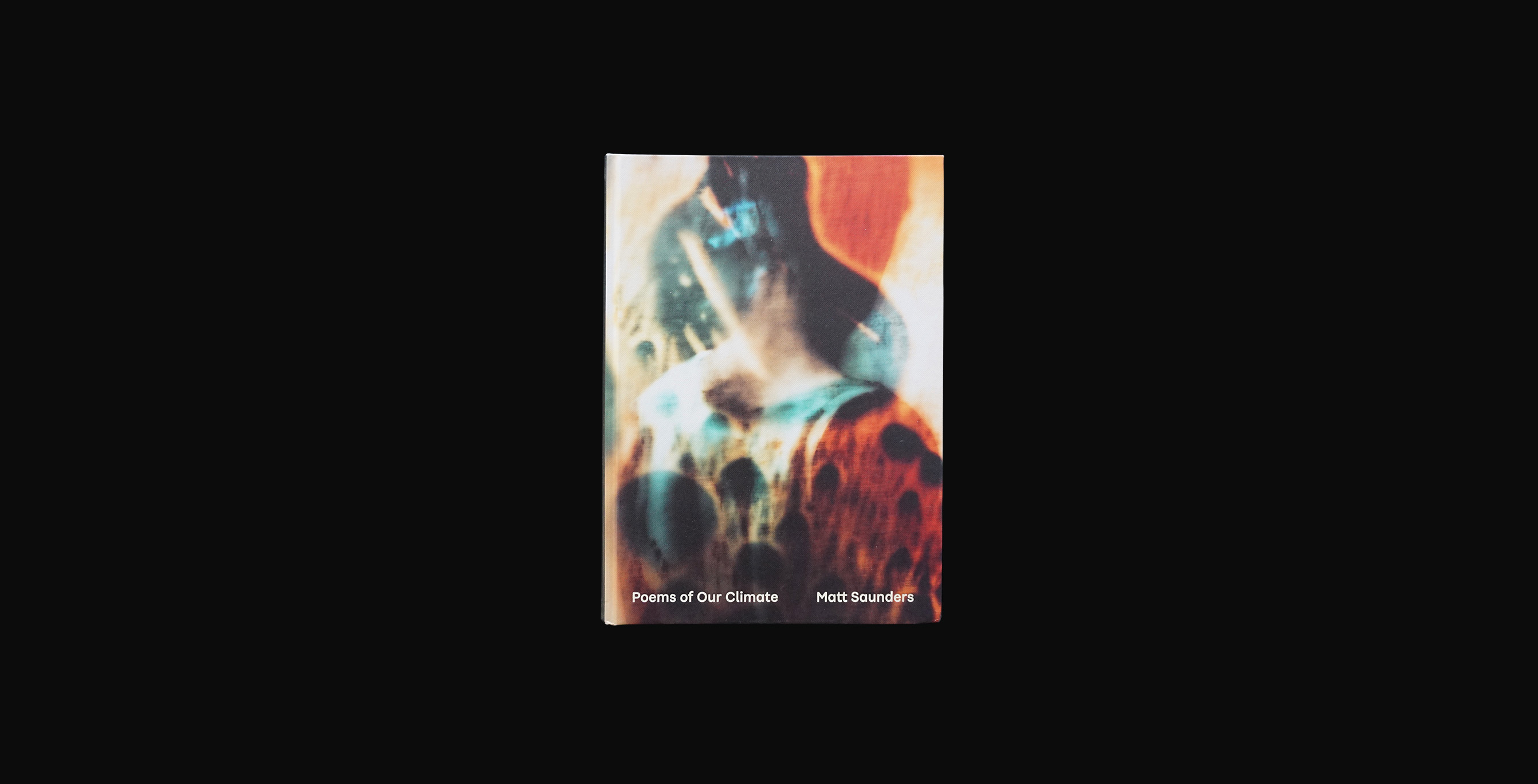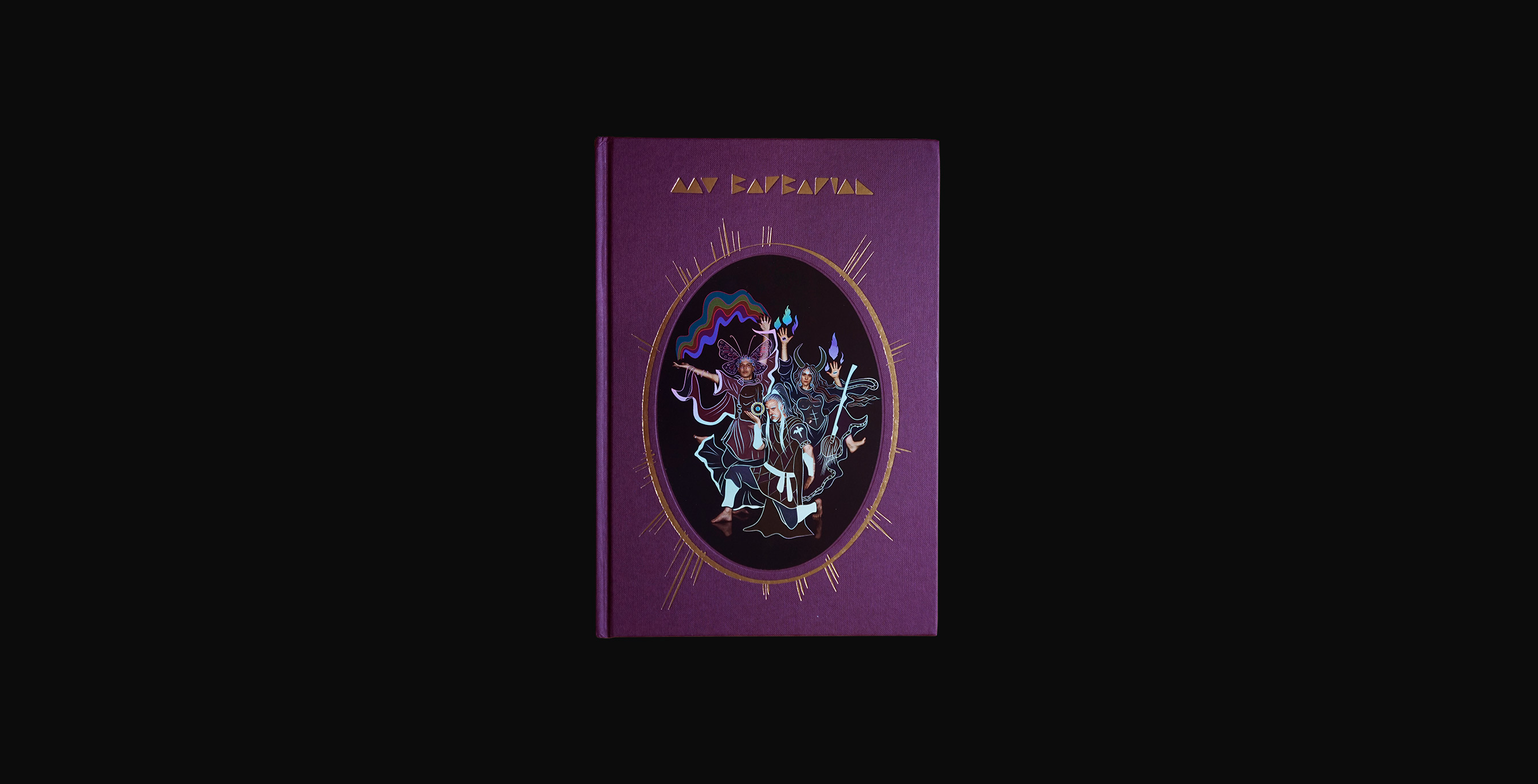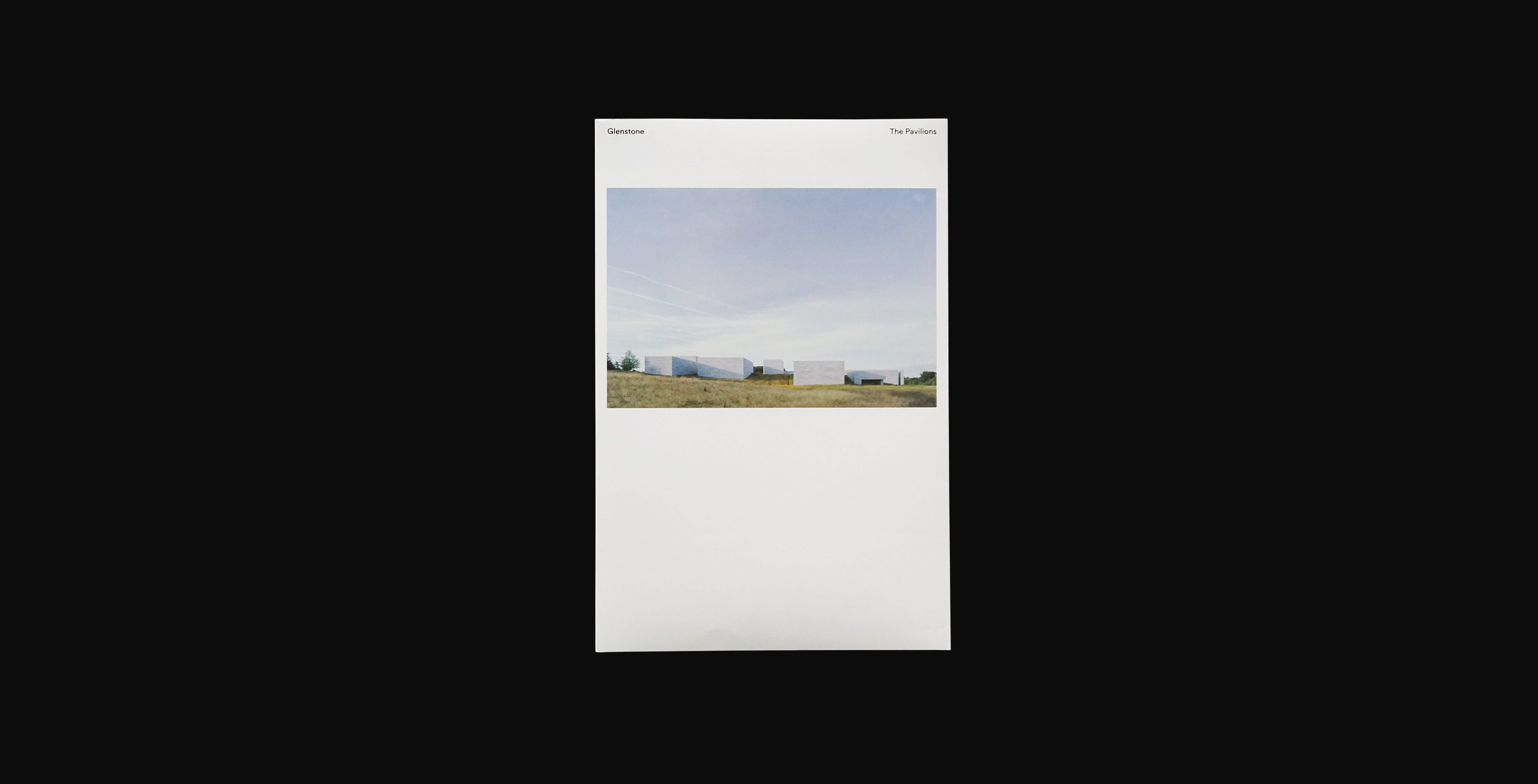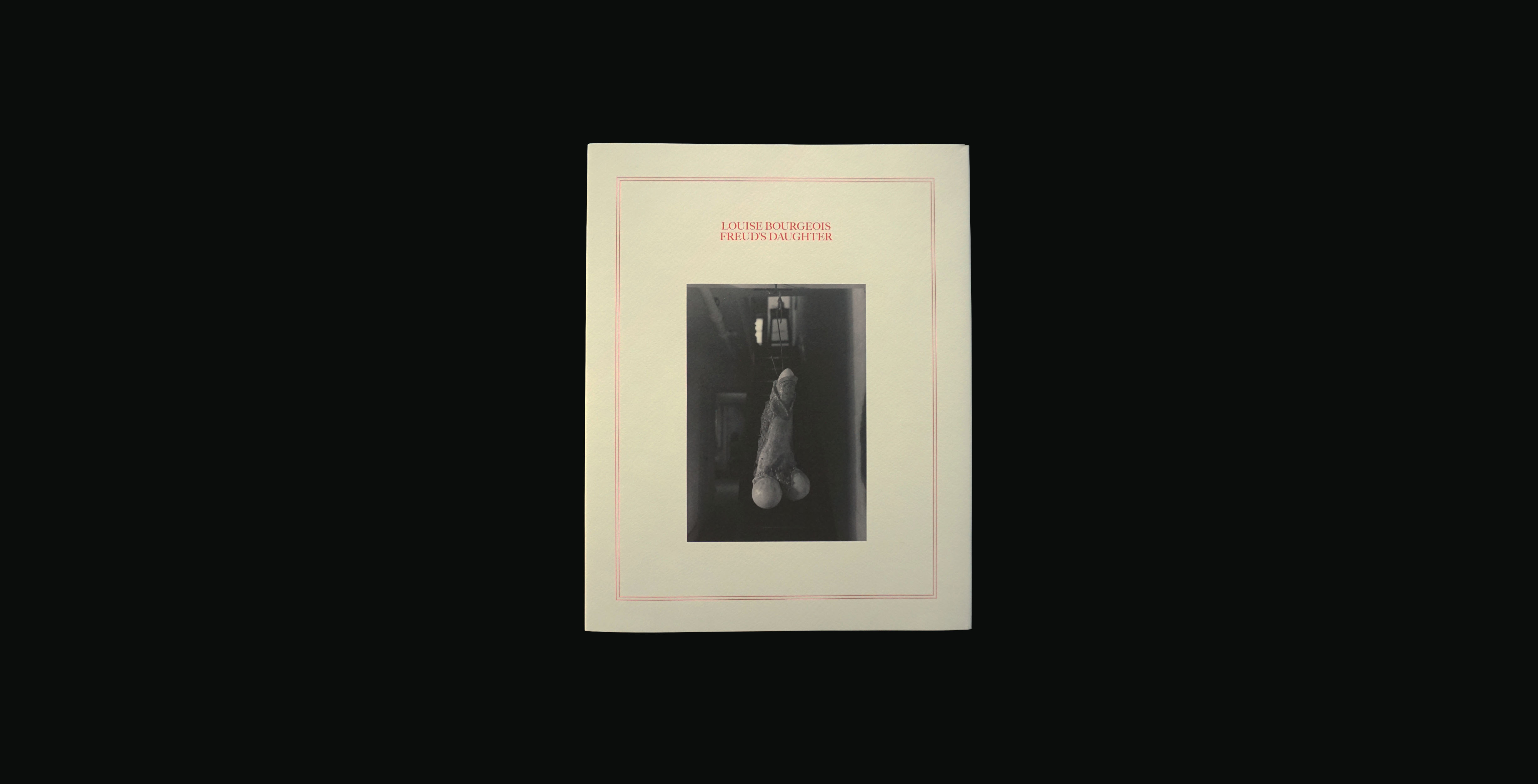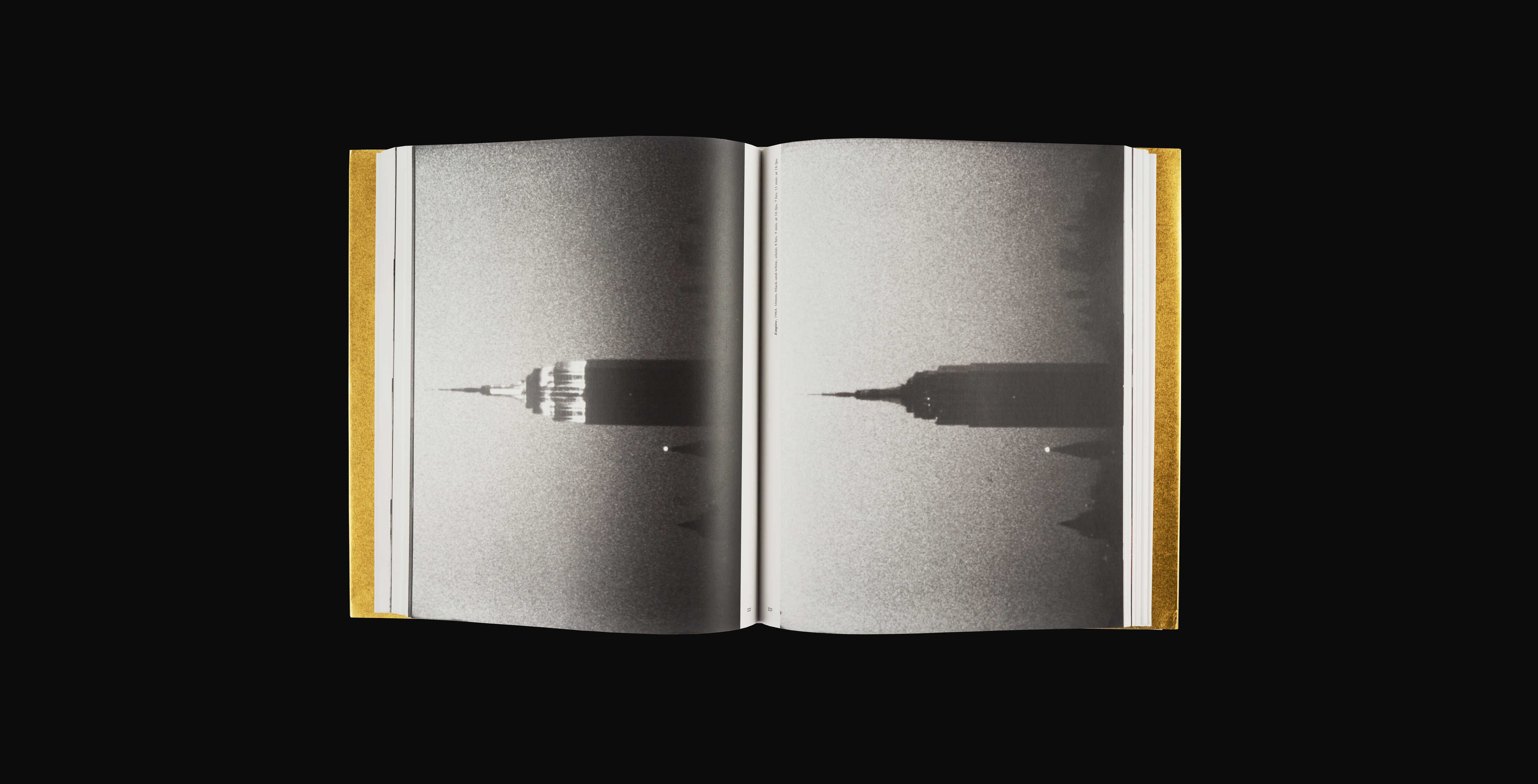Sales copy: This publication presents a new body of work by Cindy Sherman that continues her explorations of the genre of portraiture going back to her early work of the 1970s. Across thirty-six photographs, the artist collages parts of her own face to construct the identities of various sitters, using digital manipulation to accent the layered aspects and plasticity of the self. The book also includes a text by Sherman chronicling her process in the studio, offering an intimate glimpse into her thinking about the work.
Sherman’s ground-breaking photographs have interrogated themes around representation and identity in contemporary media for over four decades. Since the early 2000s, Sherman has constructed personae with digital manipulation, capturing the fractured sense of self in modern society—a concern the artist has uniquely encapsulated from the outset of her career. As critic and curator Gabriele Schor writes on her process, ‘Sherman’s complex analysis of her face and her subtle employment of expression indicates that the working method of making up and costuming the self enables two processes: an intuitive and fluid process motivated by curiosity, and an intended process whose stimulus is conceptual and which has a ‘subject matter’.’
In the new body of work, Sherman has removed any scenic backdrops or mise-en-scène—the focus of this series is the face. She combines a digital collaging technique using black and white and color photographs with other traditional modes of transformation, such as make-up, wigs and costumery, to create a series of unsettling characters who laugh, twist, squint and grimace in front of the camera. To create the fractured characters, Sherman has photographed isolated parts of her body—her eyes, nose, lips, skin, hair, ears—which she cuts, pastes and stretches onto a foundational image, ultimately constructing, deconstructing and then reconstructing a new face.
In the double role of both photographer and model, Sherman upends the usual dynamic between artist and subject. Here, the sitter does not technically exist—all portraits are comprised of composites of the artist’s face—however, they still read as classical portraiture and, despite the layers, the image still gives a true impression of the ‘sitter’.
Tightly cropped, with frames full of hair, stretched-out faces or swathes of material, Sherman’s construction of her characters disrupts the voyeur-gaze and subject-object binaries that are often associated with the tradition of portraiture. In works such as Untitled #661 (2023), subtle changes, such as the positioning of a towel, the copy and pasting of an eyebrow from one image to another, or the elongation of a facial feature, alter the entire demeanor and representation of the imagined ‘sitter.’
This type of warping of the face is akin to the use of prosthetics that Sherman began using in the mid 1980s in series such as History Portraits (1988) or her later series Masks from the 1990s, exploring the more grotesque or abject aspects of humanity. Like her use of costumes, wigs and makeup, the application of prosthetics would often be left exposed, breaking, rather than upholding, any sense of illusion. Similarly to the use of prosthetics, the use of digital manipulation in her new series exaggerates the tensions between identity and artifice.
This is heightened in works such as Untitled #631 (2010/2023) and Untitled #652 (2023), where Sherman combines both black and white and coloured fragments, highlighting the presence of the artist’s hand and disrupting any perception of reality, whilst also harking back to the hand-colored and handcut works that she made in the 1970s.
By employing this layering technique, Sherman creates a site of multiplicity, exploring the notion that identity is a complex, and often constructed, human characteristic that is impossible to capture in a singular picture.


















































